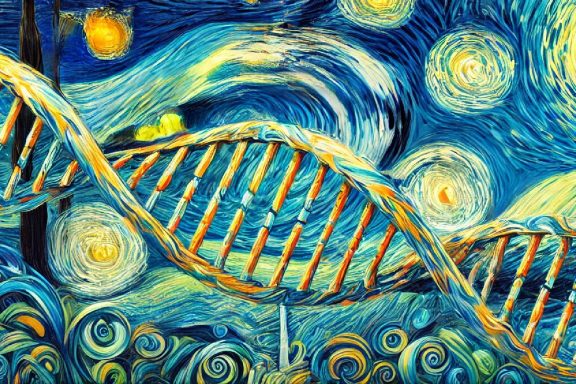
Functional genomics is a branch of molecular biology that focuses on understanding the complex relationships between the genome and phenotype. It aims to decipher the functional elements of the genome, including genes, non-coding regions, and regulatory sequences, to elucidate how these components contribute to biological processes and organismal traits.
For more information about our work please contact Stefan Preković, Kevin Kenna or Lucas Kaaij.
By integrating various high-throughput techniques, functional genomics allows researchers to explore gene expression patterns, protein functions, and the regulatory networks that underlie cellular functions and disease mechanisms.
Within UMC Utrecht our team consisting of three groups (Preković, Kenna and Kaaij) work on developing and applying various wet-lab and computational tools that may aid functional genome exploration.
Our research explores the interaction between transcription factors and their target genes, examining how these dynamics drive cellular diversity and contribute to cancer cell heterogeneity. We specifically study chromatin-related factor reprogramming, transcription factor structure-function in gene regulation, and single-cell level cancer heterogeneity.
The Preković group specializes in the development of bioinformatics workflows and have particular expertise in various methods including ChIP/ATAC-seq, Ribo-seq, Micro-C/4-C, rapidimmunoprecipitation mass spectrometry of endogenous proteins (RIME), CRISPR screens, and spatial transcriptomics.
We combine bioinformatics, machine learning and genetics with omics profiling of postmortem human tissue and laboratory models. Our goal is to discover and understand genes, transcripts and genetic variants relevant to neurodegenerative disease.
We specialise in the integration, analysis and interpretation of (multi-)omics data. We develop bioinformatic tools to meet the many challenges of distinguishing true biological signals from technical artefacts and irrelevant inter-subject variability (https://github.com/KennaLab). We focus on the following research approaches:
In the Kaaij group, our research focuses on understanding how 3D genome organization is established and how it influences the formation and maintenance of gene expression patterns.
To achieve this, we employ a range of sequencing-based techniques, including ChIP-seq (to map transcription factor binding sites and histonemodifications), NOMe-seq (to identify transcription factor binding footprints), 4C-seq (to assess local contact frequencies between a specific locus and its surroundings), and Hi-C (to map genome-wide 3D genome organization).